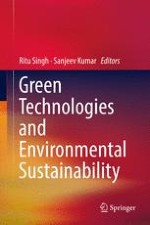2017 | OriginalPaper | Buchkapitel
18. Distillery Wastewater: A Major Source of Environmental Pollution and Its Biological Treatment for Environmental Safety
verfasst von : Pankaj Chowdhary, Ashutosh Yadav, Gaurav Kaithwas, Ram Naresh Bharagava
Erschienen in: Green Technologies and Environmental Sustainability
Aktivieren Sie unsere intelligente Suche, um passende Fachinhalte oder Patente zu finden.
Wählen Sie Textabschnitte aus um mit Künstlicher Intelligenz passenden Patente zu finden. powered by
Markieren Sie Textabschnitte, um KI-gestützt weitere passende Inhalte zu finden. powered by
